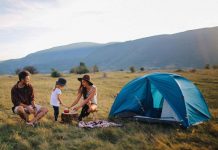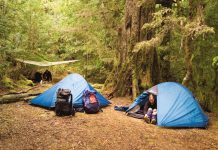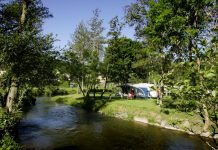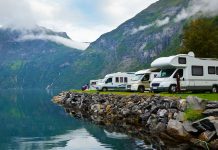If you want to choose a good camping spot there are a few things to take into consideration. It’s a good idea to be pretty close to water if possible as you can wash yourself and cooking utensils in it as well as use it to put out your campfire.
It’s a good idea to find a site that’s far away from your neighbors for privacy reasons and because sound often travels far across lakes. Being close enough to trees will offer you some shelter if needed and the woods often shield the wind.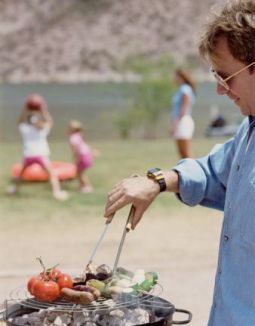
A good mix of shade and sun is helpful, so don’t camp in the middle of the woods where you never see the sun and stars. If you pick a site close to the entrance of the camp ground you will get more traffic and that could be bothersome to many campers.
A more isolated, inland spot is usually preferred if you want some peace and quiet. Choose a site that has level ground as it will be more comfortable.
You might think that camping close to a garbage bin and washroom is convenient, but these areas often attract animals that are hunting for food.
The main thing when choosing your camping spot should always be safety, so take that into account first and foremost. Camping on the edge of a cliff might not be the wisest thing to do even if it is the prettiest spot in the park.

